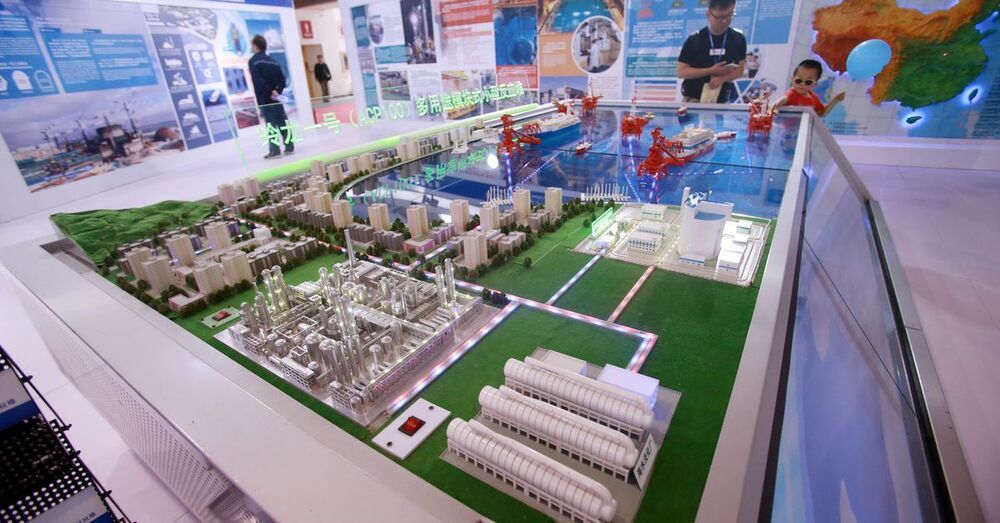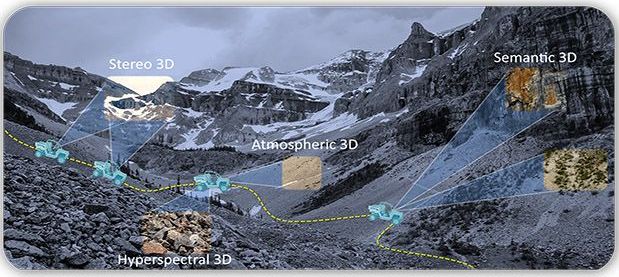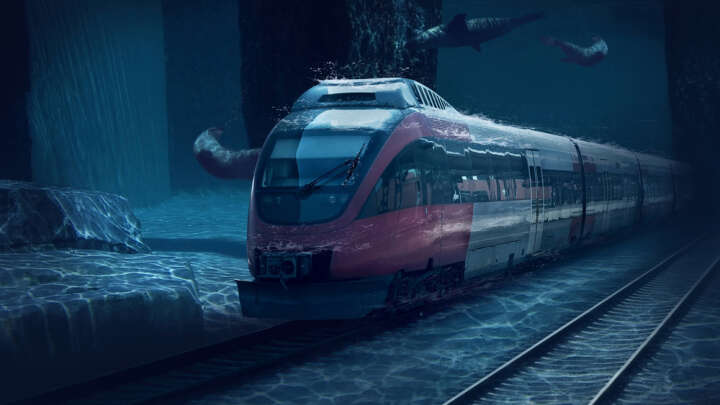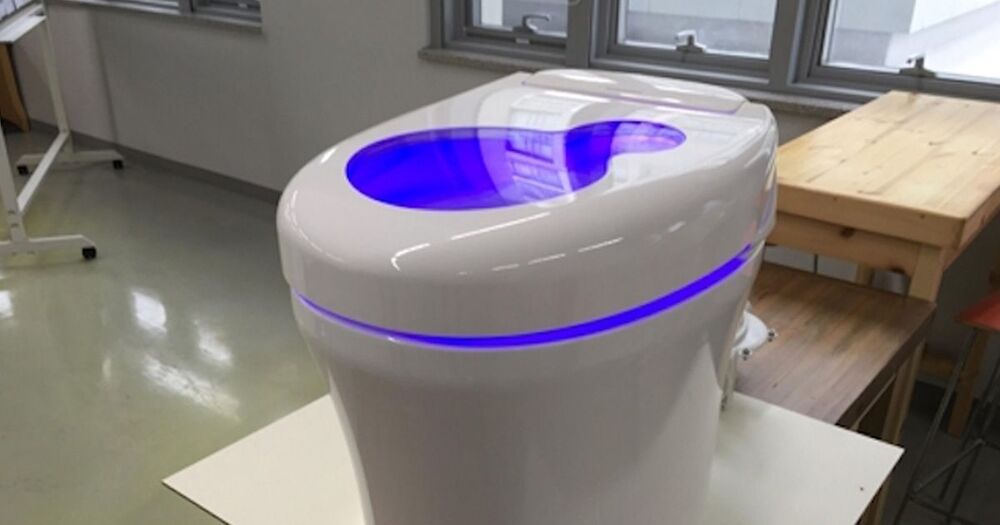SMRs are cheaper and quicker to build than traditional reactors, and can also be deployed in remote regions and on ships and aircraft. Their “modular” format means they can be shipped by container from the factory and installed relatively quickly on any proposed site.
SHANGHAI, July 13 (Reuters) — China has started construction of the first commercial onshore nuclear project using its homegrown “Linglong One” small modular reactor (SMR) design, the China National Nuclear Corporation (CNNC) said on Tuesday, about four years later than planned.
CNNC originally aimed to start building the project at the Changjiang nuclear reactor complex on the island province of Hainan in 2017, but it has been subject to regulatory delays.
The “Linglong One”, also known as the ACP100, was the first SMR to be approved by the International Atomic Energy Agency in 2016. Each unit has power generating capacity of 125 megawatts (MW).




